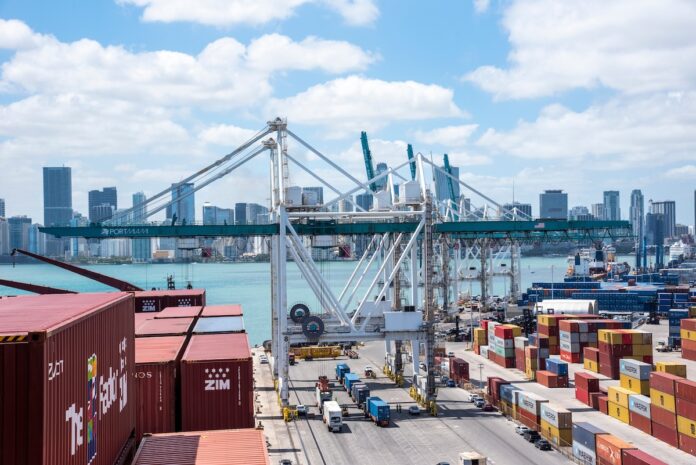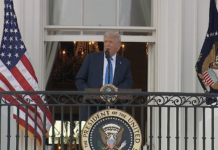
WASHINGTON (States Newsroom) — President Donald Trump’s tariffs would decrease the deficit over the next decade but overall shrink the U.S. economy and raise costs for consumers, according to a Congressional Budget Office analysis released Wednesday.
Tariffs are paid to the U.S. government by domestic companies and purchasers who buy goods from abroad.
The nonpartisan CBO found that tariffs would reduce the nation’s primary deficit by $2.5 trillion from now until 2035, plus an additional $500 million saved from avoiding even more mounting interest payments on the U.S. debt.
But the office also found that tariffs would slow down the U.S. economy over the same time, in part by affecting behavior in the private sector.
For example, businesses may pull back from investment and growth when faced with higher costs. The CBO, the official financial scorekeeper for Congress, estimates that Trump’s tariffs, as they stand now, would lower the U.S. gross domestic product, or the total value of a country’s goods and services, on average by 0.6% per year through 2035.
In addition to increasing costs on supplies and other assets businesses use in production, the tariffs are expected to raise prices on consumer goods in the next couple years. The CBO projects the price index used to measure personal consumption will be 0.9% higher by the end of 2026.
While lower-income households spend a higher percentage of their income on consumer goods, the CBO projects that prices will increase the most on goods like home appliances and vehicles more likely to be purchased by higher earners.
The eight-page analysis only takes into account the effects of Trump’s tariffs as of May 13. These include the following taxes calculated on the value of imports: a baseline 10% on goods from most countries; a base of 30% on all goods from China and Hong Kong; 25% on most foreign vehicles and auto parts; 25% on steel and aluminum; and 25% on certain goods from Canada and Mexico.
The CBO released the figures in response to a request from U.S. Senate Democrats wanting to know the cost of the administration’s import taxes.
The report did not take into account any tariff changes after May 13, including Trump’s doubling to 50% the import taxes on steel and aluminum. The report also did not factor in changes that could result from a May 29 trade court decision striking down most of Trump’s tariffs — though an appeals court swiftly left them in place while the case plays out.






